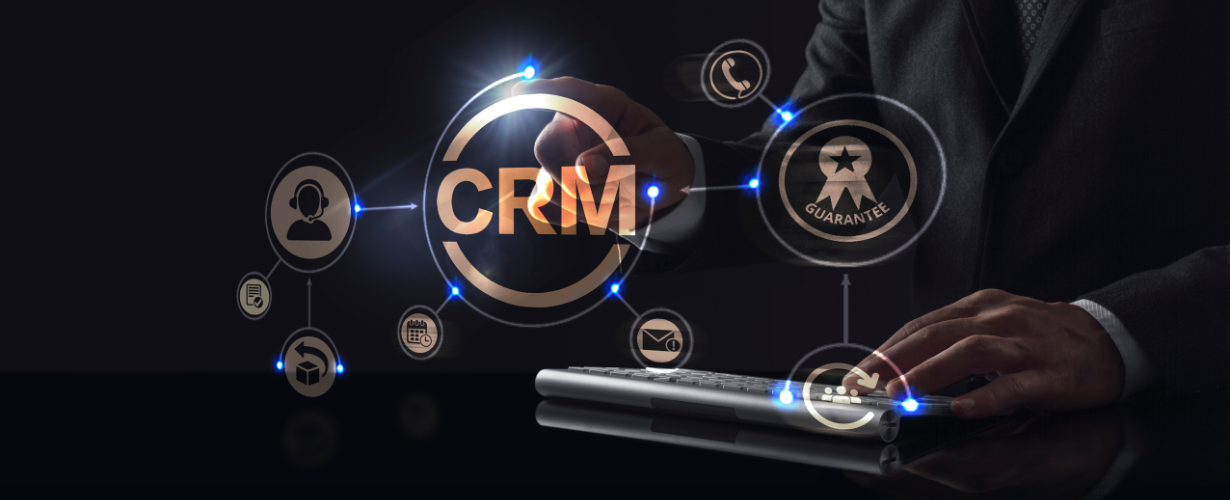OnboardingOnboarding Onboarding is the process or act of introducing a new customer to your product or service; or integrating a newly hired employee into your workforce or team. was a simple matter in the earlier days of software. The customerCustomer Customer is an individual or an organization that purchases a product or signs up for a service offered by a business. company purchased licenses, onboarding occurred, followed by setup, and that was it. End of story.
This has all completely changed over the last few years. Since we have created the API Interfaces and Webhooks, there is no longer a single software setup and onboarding—it is a series of iterations. Software publishers and customers alike are constantly optimizing and making their processes better.
Change As a Constant
In other words, software is nothing like a productProduct Product refers to anything (an idea, item, service, process or information) that meets a need or a desire and is offered to a market, usually but not always at a price. some of us might recall from our youth: Nutella. Nutella is a sweetened hazelnut-cocoa spread, originally launched in 1964. It has remained virtually unchanged for nearly 60 years.
Let’s compare this unchanging state to our product Pipeliner CRM. In the last year, we made a couple of thousand of changes to Pipeliner CRM! That was only for the product itself—it doesn’t take into consideration the customization changes made by ourselves to make all our processes more in line with an ever changing business..
The above onboarding graphic, you’ll notice, is a modified infinity symbol, and the constant state of change is the reason. One iteration is launched and makes its way through the whole process. It winds its way back to launch, and the entire process begins again.
1. Launch Step
Every process has a beginning, and we call ours Launch. We couple #1, Launch, together with #2, Establish, for reasons that will soon become apparent—but let’s begin with Launch.
The Launch step starts, for a company, with the search for a CRM solutionSolution Solution is a combination of ideas, strategies, processes, technologies and services that effectively helps an organization achieve its goals or hurdle its challenges.. And, of course, as a company does that, we’re right there to introduce them to our CRM and our concepts and get them started.
We begin the Launch phase by introducing the iteration concept. The Pipeliner prospect or customer must understand that a CRM cannot be brought online, right at the outset, with everything in place. For example, you’re not going to make CRM-ERP integrations and integrations with the rest of your company’s applications while simultaneously launching CRM.
Many CRM solutions begin onboarding after the sales processSales Process Sales Process is a series of strategic steps or a set of activities aimed at driving sales growth through the alignment of personnel, market insight, methodologies, relevant business units, and technology. is complete. We actually begin onboarding, though, while the sales process is still ongoing. We are already starting the customer on the service journey. As part of Launch, we’re setting the expectation for the buyerBuyer A buyer is an individual or organizational entity that purchases a product or subscribes to a service.’s journey and the benefits they’ll gain from the product.
It’s vital for a CRM company like us to have a topnotch team—in addition to the best product—for the introduction of a customer’s very first and future iterations. The software is constantly being improved, and those improvements are steadily shared with customers.
This procedure is crucial in our changing business environment and changing world. People everywhere are waking up to these changes. I firmly believe that this year will bring more shifts than ever before, because everything is turning around from the previous 2 years.
There will, accordingly, be substantial progress. Toward what? Toward more flexibility. Toward more freedom— such as the freedom to work wherever a person wants, and pursue unique and engaging projects. Every one of us is improving the software and the processes, and the successes in doing so are reflected in our many outstanding reviews.
Launch, then, is consistently ongoing.
2. Establish Step
What does the Establish step mean for Pipeliner? It means establishment of the team that will be using the CRM, and establishment of exactly how they’ll use it. This establishment is done to avoid what customers may have become frustrated with in the past—having to constantly repeat information.
I go through this every time I reach out to my bank. I get a person on the phone and tell them why I called. I get partway into the story and they say, “Oh! One moment! I’ll have to transfer you to another department.” I get to the following department, and they once again ask for all the information I just gave to the first person. And if I’m still not with the correct department, they’ll transfer me again, and I’ll go through it all once more.
Our pre-sales team, to avoid such irritation, obtains all required customer information. Anyone you interact with at Pipeliner, now or in the future, will have immediate access to your details.
The result of the Establish meeting will be the setting up of your team in the first iteration of Pipeliner CRM in your company.
3. Setup Step
This step brings together, in a setup meeting, all the key people who will be using Pipeliner CRM. We’re going to define the specification of the first iteration and, if necessary, introduce all the team members.
If you don’t know what to implement, you cannot proceed to the Implement stage. In other words, what do you want to accomplish? What will you need? It might be onboarding documents, specific training, or further specifying requirements. These things need to be identified in the Setup phase.
Depending on project size, the setup meeting can be as short or as long as required. We want to come away knowing exactly how we’re going to implement Pipeliner.
4. Implement Step
We’re now going to analyze the requirements that were earlier established, and begin implementation of dataData Data is a set of quantitative and qualitative facts that can be used as reference or inputs for computations, analyses, descriptions, predictions, reasoning and planning. migration. We start implementing the installation of APIs, customer-defined fields, the embedding of software and other elements as they are needed.
Pipeliner is a technical product, so therefore training and consulting might be required later in the Implement phase. We first train the administrator or administrators and then the end-users.
Change management is a crucial function of the Implement stage. When you implement a new solution, there will always be resistance to change that must be overcome. Many people would rather remain with the “old ways” even when a change would improve their lives.
The solution is to convey an image to such people of how much better their lives or situations will be following the change. This is the classic “What’s In It For Me?” approach—to achieve the greatest level of buy-in, you need to show the users how this new system is going to impact their specific role.
(In an unrelated example, technology could be working for someone while they lay idly on a beach. This literally happened with one of my staff who normally works from Bratislava, Slovakia. Fed up with covid restrictions, she took her child and a friend and spent a month in Thailand. She was able to work from a beautiful beach during that time.)
We clearly demonstrate, in the Implement stage, just how beneficial the change in CRM will be. We show, for example, that automating routine CRM tasks through Pipeliner’s Automatizer feature could reduce manual tasks by 80 percent. CRM users would therefore have 80 percent more time. There are many more such benefits.
5. Adopt—Review Step
In this phase, we’re going to look carefully for, and examine the benefits a company has achieved. I would recommend that a company have a Review meeting 90 days after concluding the Implement step. You want answers to questions such as:
- How was the onboarding?
- How was the training?
- How are users adopting this first iteration?
- What has the userUser User means a person who uses or consumes a product or a service, usually a digital device or an online service. feedback been?
- What makes Pipeliner different from earlier CRM experiences?
- Are there any issues that we must immediately address and rectify?
- Do we now need to create a road map for features that have not yet been implemented?
We call this phase “Adopt-Review” because we want to make sure customers truly adopt the CRM. If a company doesn’t fully adopt, we know something is wrong. We need to begin planning immediately for the next iteration, which will start a new Launch cycle.
To reiterate, launching everything at once cannot be done. Going back to the example of our Automatizer feature, when we at Pipeliner first implemented it in our own company, we automated maybe 2 to 4 processes. Today, just over 2 years later, we have 220 processes and counting. Just this year alone, we’ve already created 10 new Automatizer processes.
6. Iterate Step
When a customer has arrived at this point,m they are at the first level of maturity and are ready to move into the next phase, which will be the next iteration. Generally, the next iteration will be more complex because that’s the direction technology typically takes.
Always bear in mind that the future is made up of ongoing changes. Customers are changing, industries are changing, and society is changing. Competitors might be changing, too, and perhaps a company needs to react to competitor changes as part of the next iteration.
There are other factors that could impact a new interaction, including additional Pipeliner features the organizationOrganization Organization is a cohesive group of people working together and formally bound by a shared identity (e.g., one team, company, club, etc.) and a common purpose (e.g., business growth, athletic victory, etc.). wants to implement, a new department or new users coming online, or new software to integrate with CRM.
Dynamic Instant Visualization is a fundamental Pipeliner CRM benefit. As we move through our infinite onboarding, we can instantly visualize the changes that need to be made.
In the new iteration, we’ll return to a new beginning—a brand new incarnation of Launch!





